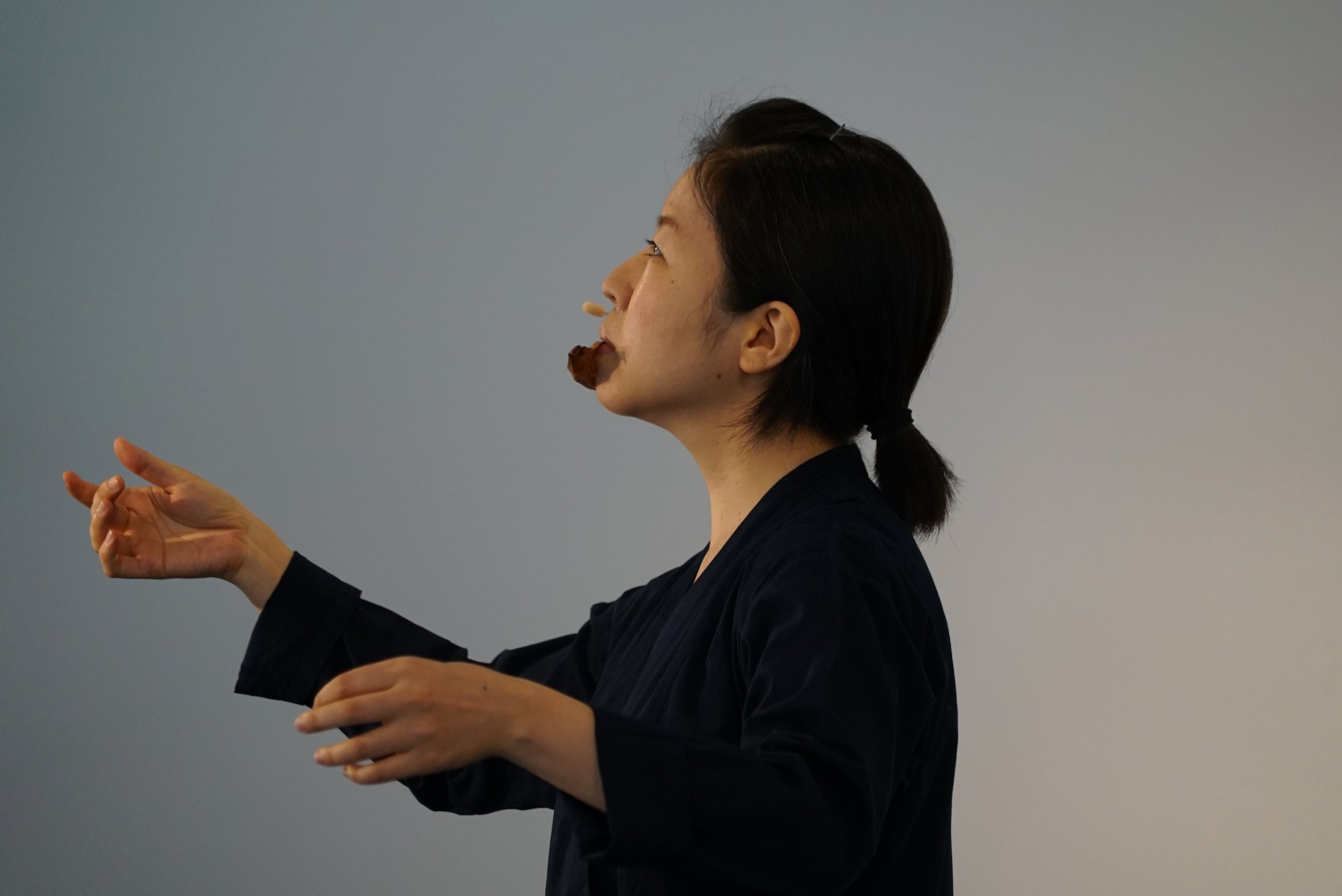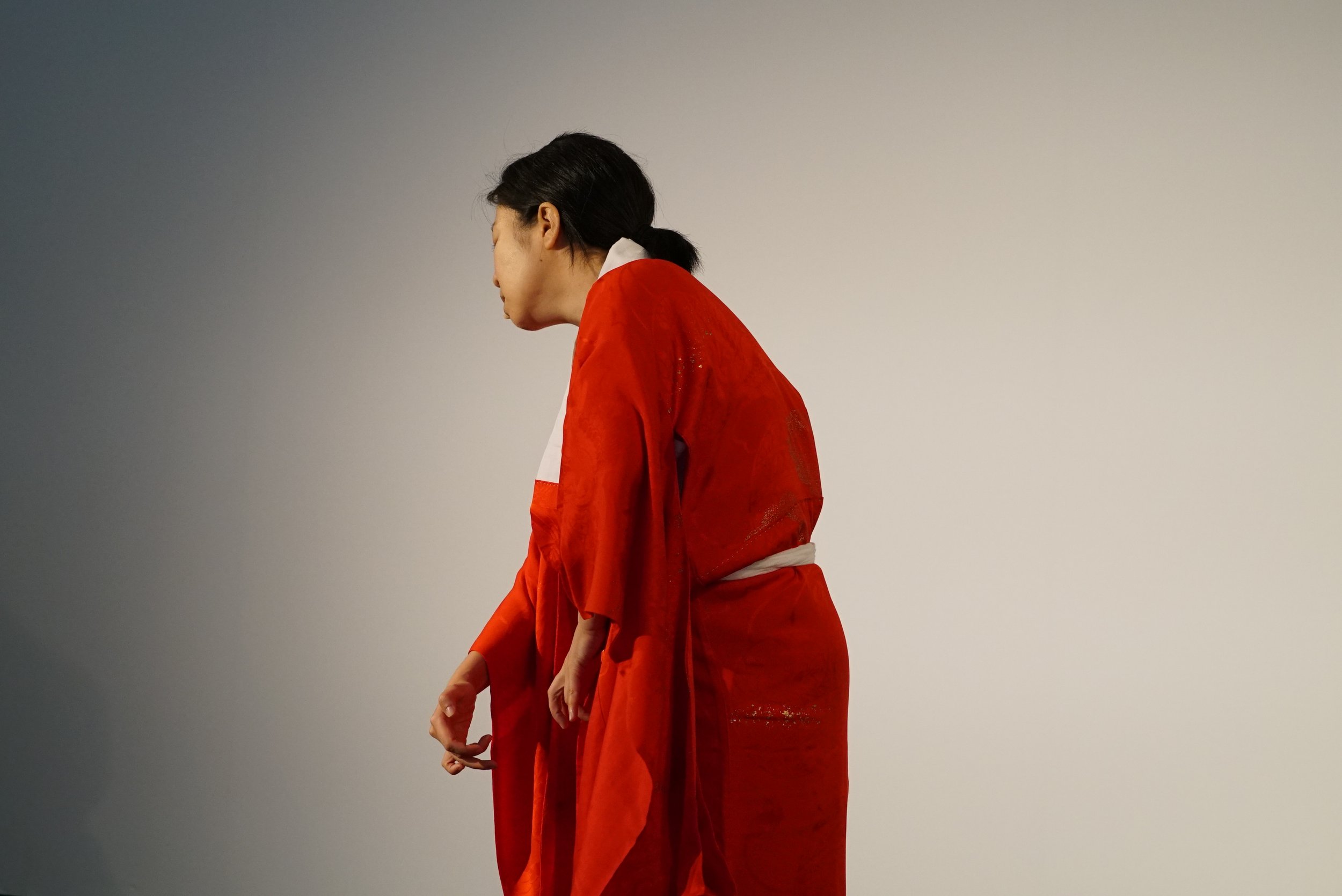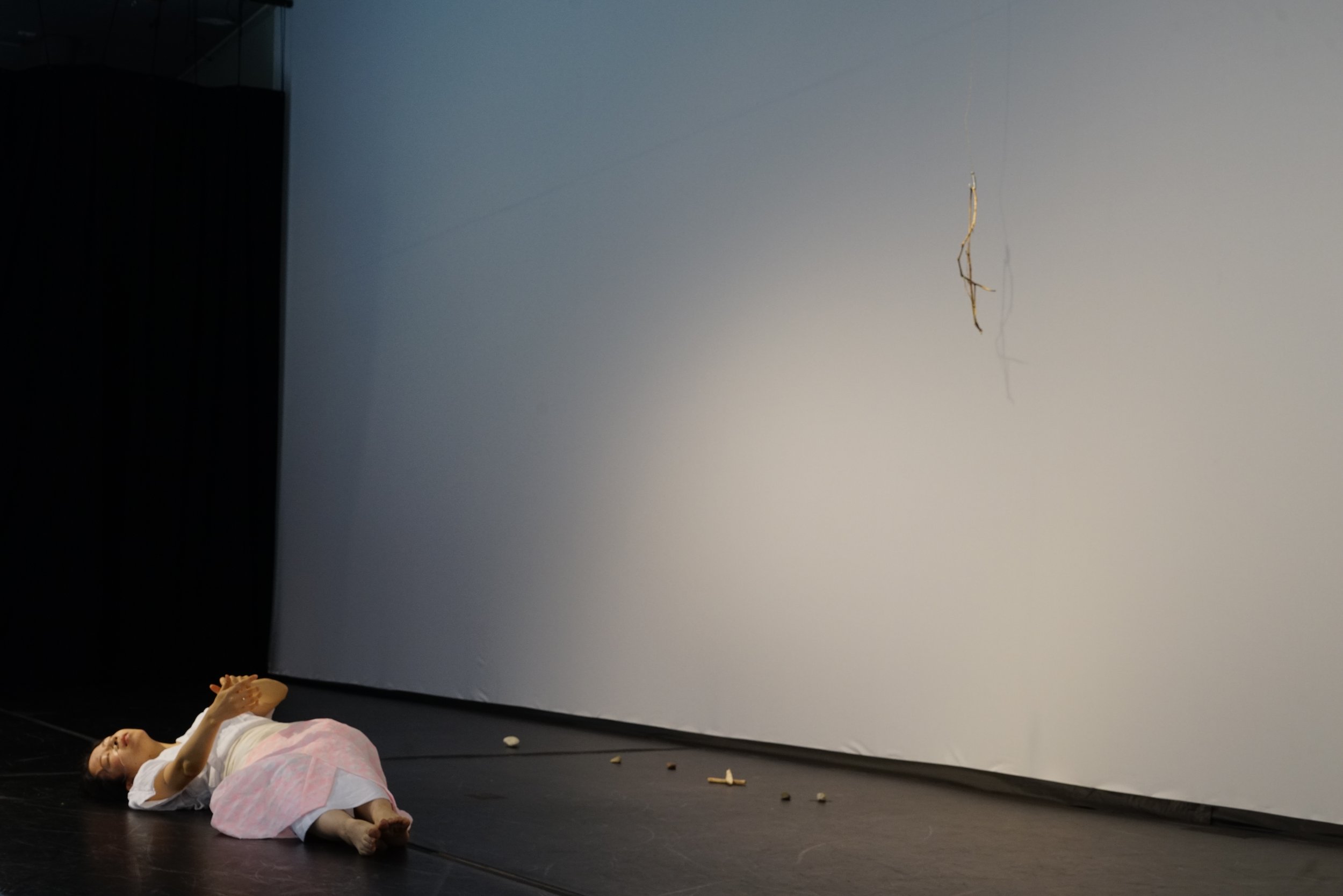Aine Nakamura
“Everything is part of my art right now. Everything I experience is acting my own creation.”
These words are the spoken truths of Aine Nakamura, who lives and breathes her art each and every day. In Aine’s work, she creates her own stories that explore her identity as a woman, while weaving in the complexity of her transnationality. While speaking with Aine, she articulated that “my creation of art is about finding freedom as a woman and defying traditional power structures.”
Aine’s beginnings and early inspirations are rooted in classical voice. When she was young, she heard a Swedish singer in Yokohama, Japan, who sang hymn songs in three languages. Aine expressed that “her voice transcended physicality, nationality, and cultural differences.” It was through this experience that Aine decided to become a singer, and also had the profound realization of the power that music can convey through transnational borders.
“I am a singer first and foremost. I focus on my voice and I try to be song itself. I create my song through singing, improvising, and moving. But it is really about the song.”
After graduating from University in Japan, Aine found her role to be quite limited and entered into a more closed community. She found that she was losing confidence with herself, stating “I found my grammar to be changing into a weaker one and was also losing my own autonomy. After several years, I took my chance to believe in the light I still had, regardless of the objections I faced. Going back to the United States in New York, I found myself regaining my own grammar, autonomy, and also meeting with other female composers and pioneers. I learned that I can be the creator of my own grammar and that’s the main idea of my own art.”
When Aine was applying to the Nomadic Soundsters Residency, she was finishing up the work for her master’s degree. Through her master’s art project, she was focusing on solo work, wanting to see how solo language could contribute to collaborative projects. Aine found that through deeply rooted discussions and care for the people around her, she could develop her own art form in this collaborative manner. She mentioned that the idea of a virtual residency appealed to her because it would allow her to communicate anywhere around the world and feel safe about it during the pandemic, as well as not being limited by physical constraints.



